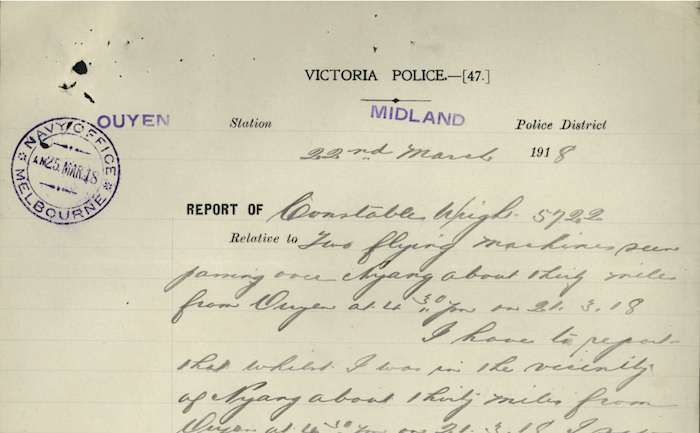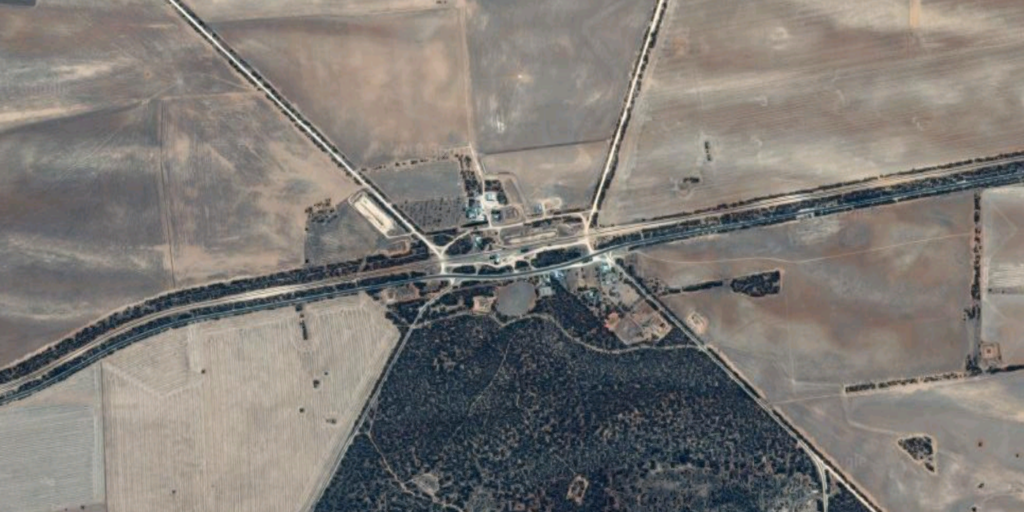Wednesday, 10 April 1918
NAA: MP1049/1, 1918/066, page 109 is a copy of a letter from A. M. Black to Major Hogan of the ‘Intelligence Service’. It’s undated, but NAA: MP1049/1, 1918/066, page 108 (a cover letter from military intelligence to naval intelligence) says that it was written on 10 April 1918; the incident it relates to seems to […]









